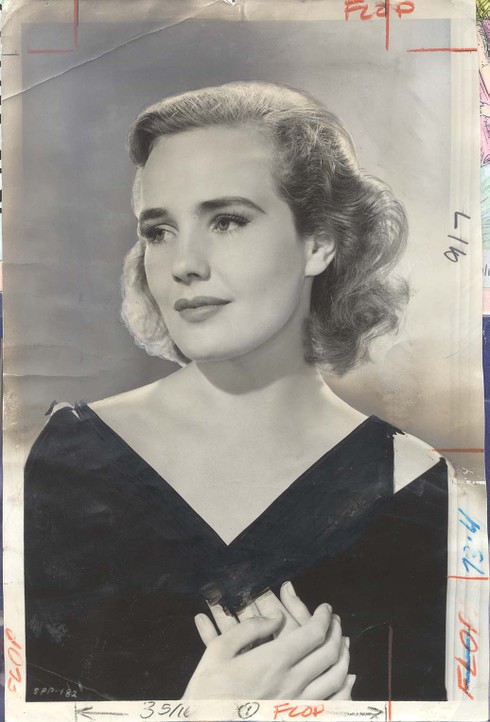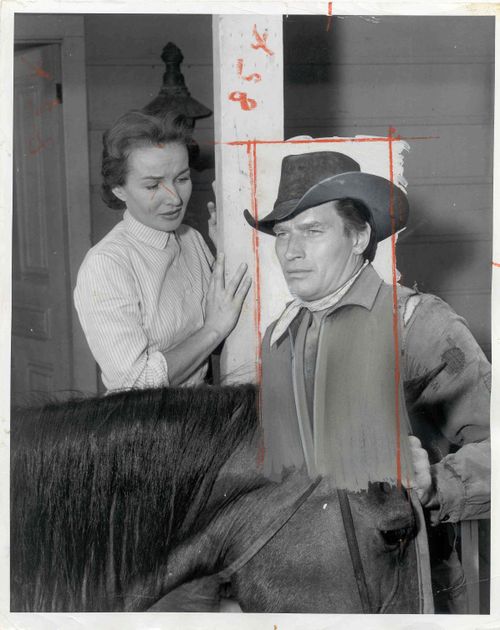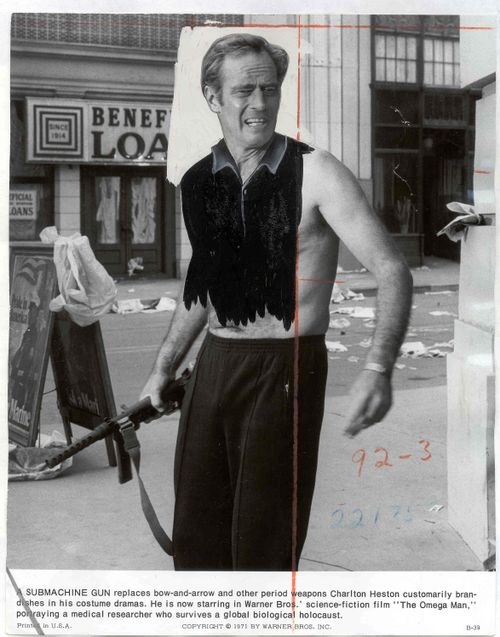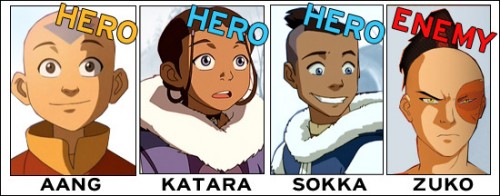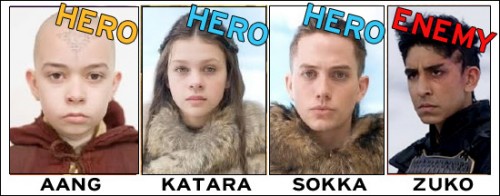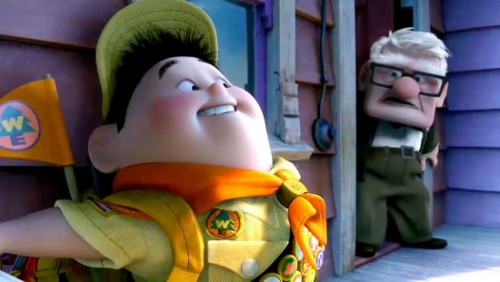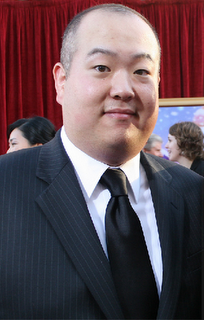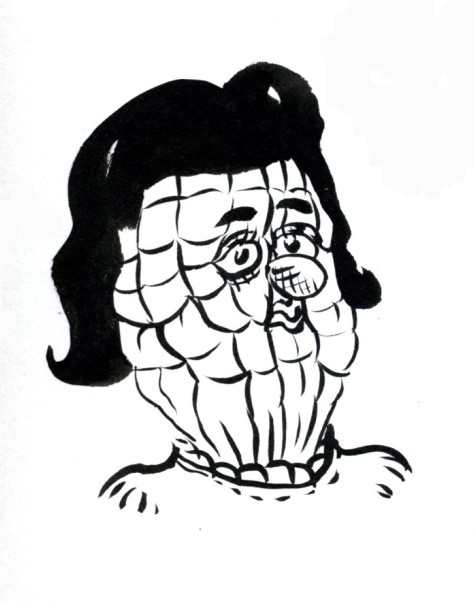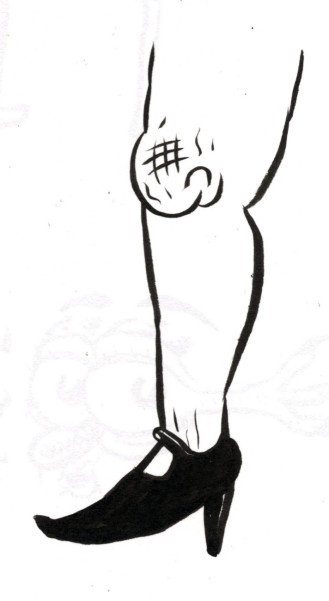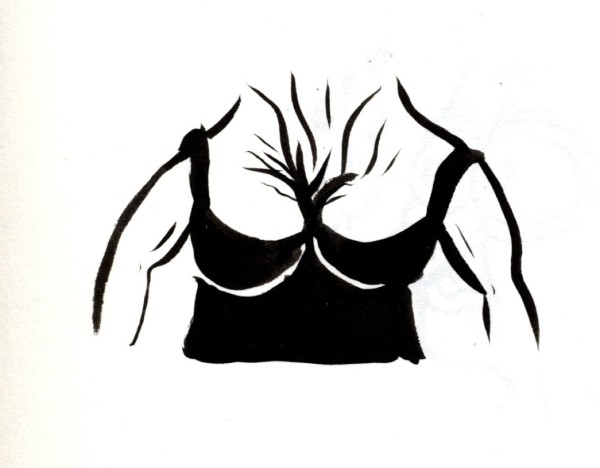We recently posted about a baby doll pulled from Costco shelves after concerns that it was racist. Early news stories reported on a black doll called “Lil’ Monkey” and a white doll called “Pretty Panda.” As the story developed, it became clear that both dolls came in white, black, and Hispanic versions. It made for an interesting discussion: (1) Given the history of associating black people with primates, would it have been racist had the doll only came in black monkey and white panda versions? And (2) given the history of associating black people with primates, was it racist, regardless, to make a black “Lil’ Monkey” doll that potentially triggered and/or effectively ignored this history?
The CBS affiliate in Denver linked to our post and discussion in their story about the controversy…
…which was published under “weird news.”
Screenshot:
I am trying to keep my cool here.
Justification for African slavery was built on an association of black people with primates designed to deny black humanity. Institutional, social psychological, and symbolic racism is ongoing in the U.S. and profoundly inhibits the life chances of black and brown people.
And yet when people say “hey, this makes me uncomfortable,” they are ridiculed and slotted into “weird news.”
It doesn’t even matter whether the intent or effect of the doll is racist. Let me say that again: For this discussion, it doesn’t matter whether the intent or effect of the doll is racist.
Concerns about racism are trivialized when raising the question is defined as simply “weird.” Even more, it is yet another way to deny the humanity of people of color. When they and their allies raise their voices to weigh in on what representations of blackness are acceptable, they are dismissed like petty children or lunatics. It is nothing less than a stunning lack of empathy.
If you needed evidence that we are not post-racial… well, there you have it.
—————————
Lisa Wade is a professor of sociology at Occidental College. You can follow her on Twitter and Facebook.


